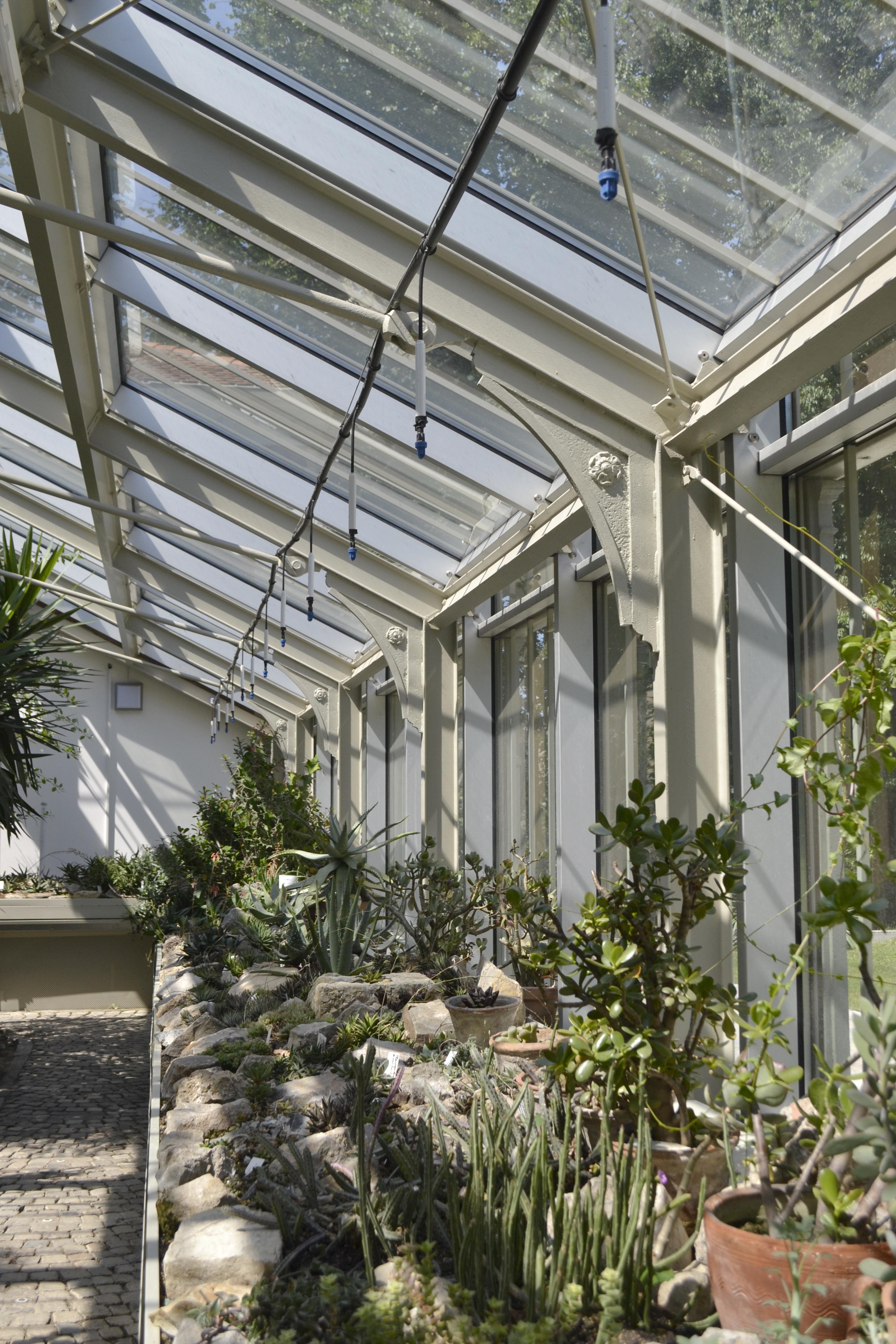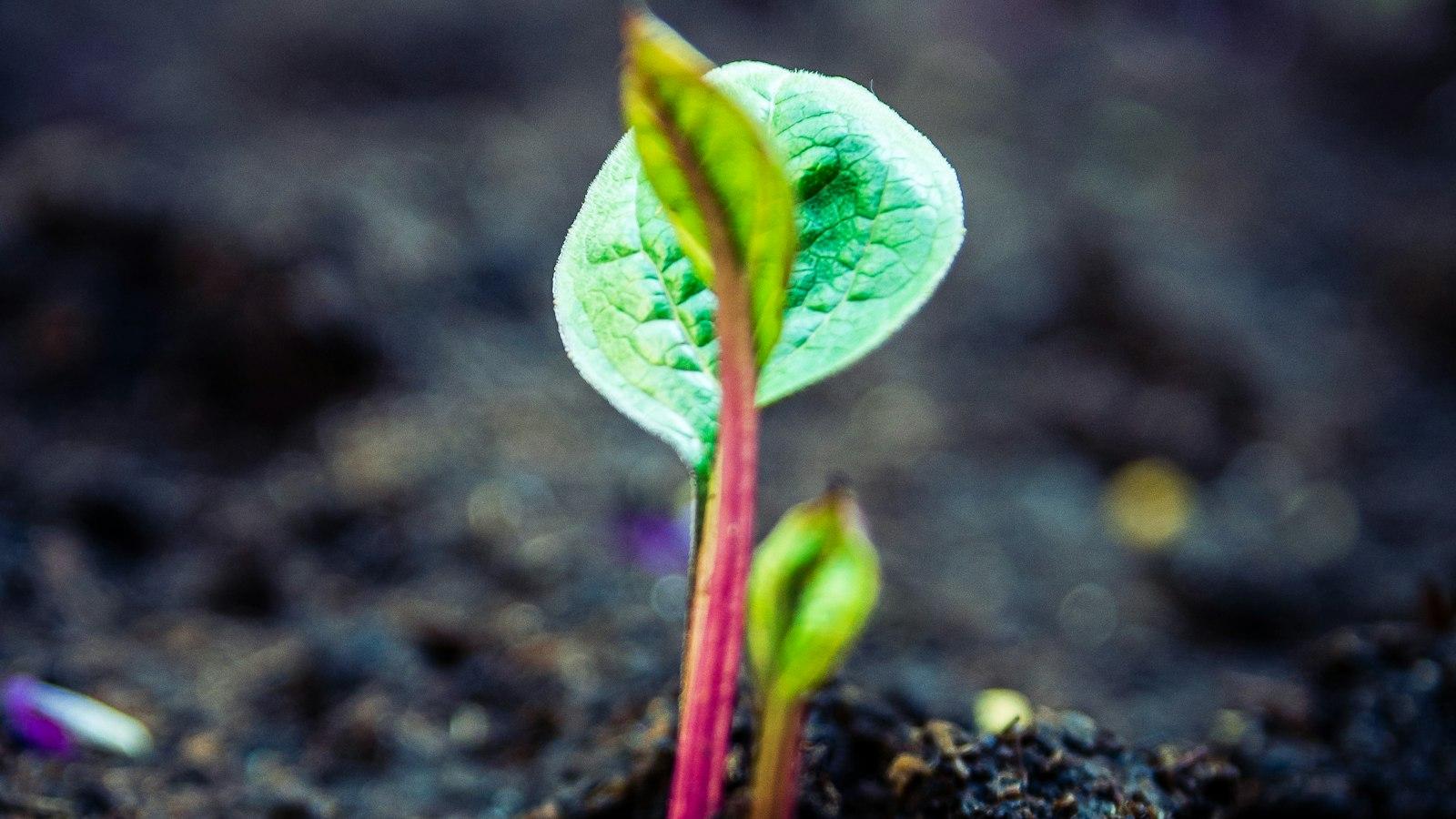
Welcome to our comprehensive guide on how to utilize a green house effectively. Greenhouses have long been cherished by horticulturists and gardening enthusiasts for creating an ideal growing environment. Whether you’re an experienced gardener or just starting out, this article will provide you with valuable insights and instructions on how to successfully harness the benefits of a green house. From understanding the basic principles to implementing essential techniques, this informative piece is designed to equip you with the knowledge necessary to maximize plant growth and yield within a controlled greenhouse environment. So, let’s dive into the world of greenhouse gardening and unlock the secrets to creating your very own flourishing oasis.
Choosing the Right Location for Your Greenhouse
In order to ensure the success of your greenhouse, choosing the right location is crucial. The location you select can have a significant impact on the productivity and overall health of your plants. Here are some key factors to consider when deciding on the perfect spot for your greenhouse:
Sunlight exposure: The amount of sunlight your greenhouse receives is critical for the growth of your plants. Ideally, the greenhouse should be situated in an area that gets ample sunlight throughout the day. Avoid placing it in the shade of large trees or buildings, as this can limit sunlight exposure. A sunny location will allow your plants to flourish and thrive.
Protection from strong winds: Strong winds can cause damage to your greenhouse structure and disrupt the growth of your plants. It’s important to choose a location that is sheltered from strong winds. Consider placing the greenhouse near a natural windbreak, such as a fence or hedge, or create a windbreak by planting tall shrubs or trees around the greenhouse.
Accessibility to water and electricity: Access to water for irrigation and electricity for heating, cooling, and lighting is essential for maintaining a favorable environment inside your greenhouse. Make sure the location you choose has easy access to a water source and electrical outlets. This will make it more convenient to maintain optimal conditions for your plants.
Soil drainage: Good soil drainage is vital for the health of your plants. Avoid areas with poor drainage, as excessive water accumulation can lead to root rot and other issues. If your chosen location has poor drainage, consider installing a drainage system or raising the greenhouse on a raised bed or foundation to improve the soil drainage.
Proximity to your home: It’s important to consider the proximity of your greenhouse to your home, especially if you plan on spending a significant amount of time tending to your plants. Having the greenhouse located near your home can make it easier to monitor and care for your plants on a daily basis. Additionally, being close to your home means you will have easy access to tools, supplies, and other necessities.
Remember, the right location for your greenhouse is a crucial step towards creating an optimal growing environment for your plants. Consider these factors carefully and choose a spot that will provide ample sunlight, protection from wind, easy access to water and electricity, good soil drainage, and a convenient proximity to your home. By choosing the right location, your greenhouse will become the perfect haven for healthy and thriving plants.

Preparing the Soil and Maintaining Fertility in Your Greenhouse
Greenhouses provide the ideal environment for cultivating a wide range of plants, allowing you to extend the growing season and grow crops that may not thrive in your region’s climate. To make the most of your greenhouse, it’s important to properly prepare the soil and maintain its fertility. Here are some essential tips to help you effectively utilize your greenhouse space:
1. Choosing the Right Soil Mix
When starting your greenhouse adventure, selecting the right soil mix is crucial. Aim for a well-draining mix that retains moisture without becoming waterlogged. A combination of peat moss, perlite, and vermiculite often makes a fantastic base for greenhouse soil. Consider enriching the mix with compost or aged manure for added nutrients.
2. Regular Soil Testing
Maintaining the fertility of your greenhouse soil is essential for the healthy growth of your plants. Regular soil testing helps you determine the pH level, nutrient deficiencies, and imbalances. Test kits or laboratories can provide accurate readings. Depending on the results, adjust the pH and supplement the soil with micronutrients to create an ideal growing environment.
3. Organic Soil Amendments
To boost soil fertility naturally, consider incorporating organic amendments. Composted kitchen scraps, shredded leaves, and well-rotted manure are excellent choices. These amendments improve soil structure, increase nutrient availability, and promote beneficial microbial activity. Remember to mix them into the top few inches of the soil regularly.
4. Crop Rotation
Rotating crops within your greenhouse is essential to prevent the build-up of pests and diseases. Different plants have varying nutrient requirements, which helps maintain the soil’s balance. By rotating crops annually, you can minimize the risk of pest infestations and maximize soil health.
5. Seasonal Fertilization
As your plants grow and thrive, they will continuously consume nutrients from the soil. To ensure ample nutrition, consider providing seasonal fertilization. Use organic fertilizers rich in nitrogen, phosphorus, and potassium, or opt for slow-release options. Regularly monitor your plants for signs of nutrient deficiency, and adjust your fertilization schedule accordingly.

Understanding Temperature, Humidity, and Ventilation Control in Your Greenhouse
When it comes to successful greenhouse gardening, understanding and controlling temperature, humidity, and ventilation is crucial. Creating an optimal environment for your plants can greatly enhance their growth and overall health. In this post, we will explore some practical tips and techniques on how to effectively use a greenhouse to maintain these three key factors.
1. Temperature Control: Temperature plays a vital role in plant growth and development. To ensure the ideal temperature inside your greenhouse, consider the following:
- Install a thermometer to monitor the temperature regularly.
- Use shade cloths or blinds to provide shade on hot days.
- Consider using a thermostatically controlled heater during colder periods.
- Optimize air circulation by using fans or vents to prevent temperature fluctuations.
2. Humidity Control: Maintaining proper humidity levels is essential for plant transpiration, nutrient absorption, and disease prevention. Here’s how you can control humidity effectively:
- Use a hygrometer to measure the humidity levels inside your greenhouse.
- Water your plants judiciously to prevent waterlogging and excessive moisture.
- Consider using a misting system to increase humidity when necessary.
- Ensure proper ventilation to prevent the buildup of excess moisture.
3. Ventilation: Proper ventilation is crucial for maintaining air quality and temperature regulation. Here are some tips for effective ventilation:
- Install vents that can be opened during warmer periods to promote air circulation.
- Use exhaust fans or louvers to expel hot air and bring in fresh air.
- Consider using an automated ventilation system controlled by temperature and humidity sensors.
- Regularly clean the greenhouse to prevent the buildup of dust and pathogens that can affect air quality.
4. Considerations for Seasonal Changes: As the seasons change, it’s essential to adapt your greenhouse’s temperature, humidity, and ventilation control accordingly:
| Season | Temperature Control | Humidity Control |
|---|---|---|
| Spring | Gradually increase temperature as the weather warms up. | Monitor humidity levels to prevent fungal diseases. |
| Summer | Provide shade and improve ventilation to prevent overheating. | Maintain adequate but not excessive humidity. |
| Fall | Gradually decrease temperature as the weather cools down. | Monitor humidity to prevent mold growth. |
| Winter | Use heaters and insulation to maintain optimal temperature. | Avoid overwatering to prevent excess humidity and plant stress. |
5. Monitoring and Adjustments: Regular monitoring is key to maintaining optimal conditions in your greenhouse. Make sure to:
- Check temperature and humidity levels daily.
- Make necessary adjustments to vents, shades, and heaters as needed.
- Observe your plants for signs of stress, wilting, or disease which may indicate inadequate control.
- Seek professional advice or consult experienced gardeners for additional guidance if required.
By understanding the principles of temperature, humidity, and ventilation control, you can create a thriving greenhouse environment. Remember, each greenhouse is unique, so experimentation and observation are key to finding the perfect balance for your plants.

Selecting and Caring for the Right Plants in Your Greenhouse
When it comes to using a greenhouse, selecting and caring for the right plants is crucial for success. The controlled environment of a greenhouse allows you to grow a wide range of plants, but choosing the right ones that thrive in these conditions is essential. Here, we will discuss some key tips and considerations for selecting and caring for plants in your greenhouse.
1. Consider the Climate
Before selecting plants for your greenhouse, it’s important to consider the climate inside the structure. Is it naturally cool or warm? Does it get a lot of sunlight, or do you supplement with grow lights? Understanding the climate of your greenhouse will help you choose plants that will thrive. Some plants may require a specific range of temperatures, while others may need more or less sunlight.
2. Assess Your Space
Another important factor to consider when selecting plants for your greenhouse is the available space. Take into account the height, width, and length of your greenhouse. Some plants, such as tomatoes or cucumbers, may require trellises or other supports for optimal growth. Others may need ample floor space to spread their roots. Assessing your space will ensure you choose plants that can comfortably fit and grow.
3. Choose the Right Soil
Soil selection is crucial for the health and growth of your greenhouse plants. Research the specific soil requirements for each type of plant you want to grow. Some plants may prefer a well-draining soil, while others may require a more moisture-retentive mix. Fill your greenhouse beds or containers with the appropriate soil to provide the necessary nutrients for your plants.
4. Consider Plant Watering Needs
Proper watering is essential for the well-being of your greenhouse plants. Some plants may require frequent watering, while others prefer drier conditions. It’s a good idea to create a watering schedule based on the needs of your specific plants. Additionally, you may want to consider using a watering system, such as drip irrigation, to ensure consistent and efficient watering.
5. Monitor for Pests and Diseases
Greenhouses can be an ideal environment for pests and diseases to thrive. Regularly monitor your plants for any signs of infestation or disease. Promptly remove any affected plants or treat them with appropriate solutions. Implementing preventative measures, such as maintaining proper spacing between plants and using organic pest control methods, can help keep your greenhouse plants healthy and thriving.
In conclusion, the key to successfully using a greenhouse lies in selecting and caring for the right plants. Consider the climate of your greenhouse, assess your space, choose the right soil, provide proper watering, and monitor for pests and diseases. By following these tips, you can create an optimal growing environment and enjoy a thriving greenhouse filled with healthy and beautiful plants.

Maximizing Productivity with Proper Watering and Pest Management in Your Greenhouse
In order to fully utilize the benefits of a greenhouse, it is essential to understand how to effectively maximize productivity through proper watering and pest management. These two crucial factors can greatly impact the health and growth of your plants, ultimately determining the success of your greenhouse endeavors.
Watering Techniques
One of the most important aspects of greenhouse gardening is providing your plants with the right amount of water. Overwatering can lead to root rot and other diseases, while underwatering can cause dehydration and stunted growth. Follow these watering techniques to ensure optimal plant health:
- Monitor soil moisture: Regularly check the moisture level of the soil by inserting your finger about an inch deep. If it feels dry, it’s time to water your plants.
- Water at the base: Direct water at the base of the plants to prevent the foliage from getting wet, as this can encourage the growth of fungal diseases.
- Use a watering schedule: Establish a watering schedule based on the specific needs of your plants. Take into consideration factors such as the plant species, season, and weather conditions.
Pest Management Strategies
A thriving greenhouse is an inviting environment for pests. To protect your plants from pesky invaders, it’s crucial to implement effective pest management strategies. Here are some methods you can employ:
- Biological control: Introduce beneficial insects, such as ladybugs, lacewings, and predatory mites, to keep pests in check naturally.
- Physical barriers: Use floating row covers or screens to prevent pests from accessing your plants.
- Organic pest control: Utilize organic insecticides, such as neem oil or soap sprays, to target specific pests while minimizing harm to beneficial insects.
Pest Management and Watering Calendar
Creating a calendar to track pest management activities and watering schedules can be immensely helpful in maintaining a well-organized and productive greenhouse. This allows you to stay on top of tasks and ensure each plant receives the care it needs at the right time. Below is an example of a simple pest management and watering calendar:
| Date | Pest Management | Watering |
|---|---|---|
| 1st June | Release ladybugs | Water all plants |
| 7th June | Apply neem oil spray | Water tomatoes, peppers, and cucumbers |
| 15th June | Monitor for aphids | Water lettuce and herbs |
Regular Maintenance and Observation
Lastly, engaging in regular maintenance and observation is essential to identify and address any issues promptly. Inspect your plants regularly for signs of pests, diseases, or nutrient deficiencies. Prune and remove any affected plant parts to prevent the spread of problems. Additionally, keep an eye on the growth of the plants to ensure they have enough space and make adjustments as needed.
By prioritizing proper watering techniques, implementing effective pest management strategies, utilizing a pest management and watering calendar, and engaging in regular maintenance and observation, you can maximize productivity and create a thriving greenhouse environment for your plants.
Q&A
Q: What is a green house?
A: A green house, also known as a greenhouse or a glasshouse, is a structure designed to create an environment for the cultivation of plants. It provides controlled temperature, humidity, and protection from external factors, enabling plants to thrive under artificial conditions.
Q: How does a green house work?
A: A green house works by capturing and trapping solar radiation through its transparent walls and roof. The sunlight heats the interior, creating a warm environment that promotes plant growth. Additionally, the enclosed space prevents heat from escaping, maintaining a stable temperature even during colder seasons.
Q: Why would someone need a green house?
A: A green house is beneficial for various reasons. It allows gardeners and farmers to extend the growing season of plants, cultivate crops that are not native to their climate, protect delicate plants from harsh weather conditions or pests, and produce higher yields through optimized growing conditions.
Q: What can be grown in a green house?
A: Virtually any plant can be grown in a green house. However, it is particularly suitable for cultivating tender plants, vegetables, fruits, and ornamental flowers that require specific temperature and humidity conditions to thrive.
Q: Can a green house be used year-round?
A: Absolutely. One of the main advantages of a green house is its ability to provide a stable environment regardless of outdoor weather conditions. With proper insulation and temperature control, a green house can be utilized all year round, ensuring constant plant growth and continuous production.
Q: What are the key considerations before setting up a green house?
A: Several factors should be considered before setting up a green house. These include choosing an appropriate location with adequate sunlight exposure, ensuring proper ventilation to prevent disease and mold, selecting the right size and type of structure based on intended use, and providing essential utilities such as water supply and electricity.
Q: How should plants be watered in a green house?
A: Proper watering is crucial for plant growth in a green house. It is recommended to water plants at their base, preferably early in the morning, to allow for optimal absorption and minimize the risk of disease. Moreover, monitoring the moisture levels of plants regularly and adjusting watering schedules accordingly is essential.
Q: Are pests a problem in green houses?
A: Pests can be an issue in green houses due to the controlled environment that attracts various insects, mites, and diseases. Effective pest management strategies, including proper ventilation, regular plant inspection, introducing beneficial insects, and using organic pesticides, can help mitigate and control pest infestations.
Q: Is ventilation important in a green house?
A: Yes, ventilation is crucial in a green house to maintain a healthy and well-regulated atmosphere for plants. It helps control temperature, humidity, and air quality. Proper ventilation ensures a continuous exchange of fresh air, prevents the buildup of excessive heat or moisture, and discourages the growth of pathogens.
Q: How can you make the most of a green house?
A: To make the most of a green house, it is important to plan and organize your space efficiently. Use shelves, hanging baskets, or staging tables to maximize the growing area. Implement proper irrigation systems, install shading or insulation materials when needed, and follow a strict maintenance routine to ensure the longevity and success of your plants. In conclusion, utilizing a greenhouse can prove to be a remarkable addition to any gardening journey. From extending the growing season and protecting delicate plants to creating a controlled environment and maximizing productivity, the benefits of owning a greenhouse are plentiful. By following the discussed guidelines on choosing the right location, setting up the structure, providing appropriate ventilation and shading, and maintaining ideal temperature and humidity levels, you will be on your way to successfully utilizing your greenhouse. Remember, it is essential to adapt and learn from your experiences, as understanding the specific needs of your plants is crucial in achieving optimal results. With dedication and careful planning, your greenhouse will soon become a sanctuary for thriving plants throughout the year. Happy gardening!






